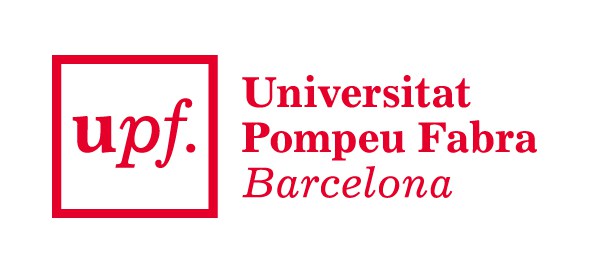Selecting our audience in an SEO strategy

Who wouldn't like to see an increase in visits, conversions and profits? Creating an international SEO strategy could become a very effective means of growth for your business.
There are certain factors that you must take into account if you want to do it correctly. As we already explained in this post, it's necessary to implement technical, translation and content adaptation mechanisms. But, where is the starting point?
When developing a strategy, it's important to start at the beginning: and in this case, you need to find out in which markets internationalising will be profitable, by searching for your potential audience.
- Initial search
First, perform an initial search to determine the potential in each possible market. To do this, you need to identify the countries and languages that are already directing organic traffic to your website and find out their corresponding conversion rate using Google Analytics, within the “Geographic Information” section.
As the image demonstrates, it's possible to see the number of users from each country that visit the website during a specific time period and if they perform any action that has been set as a conversion goal.
Once this process is completed, select the countries and languages that have been most active on the website. If you don't have traffic from the countries where you're looking to internationalize, the process will be longer but not impossible.
- International search potential
The next step will be to determine the potential of your keywords in the countries you selected during the initial search. There are two tools that you will help you to accomplish this goal:
It allows you to gain a broad perspective on search volumes, proficiency level and ideas for keywords in more than 25 countries.
This tool, included as part of the advertisement creation process in Google Adwords, is very useful for finding the most popular keywords with respect to country, search volume and difficulty.
After identifying the countries where you can be most competitive and the respective keywords, it's possible that the audience you want to reach doesn't speak your same language: this is why you need to make your website multilingual. How? Using an efficient website translation service in your international SEO strategy.




